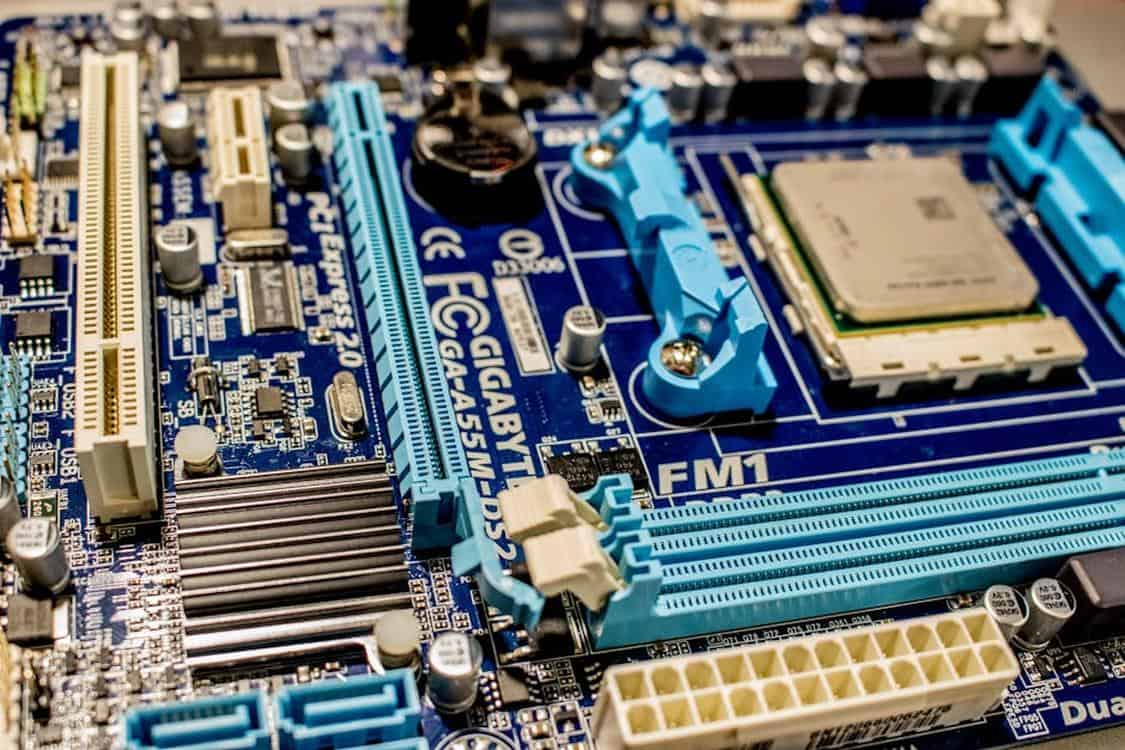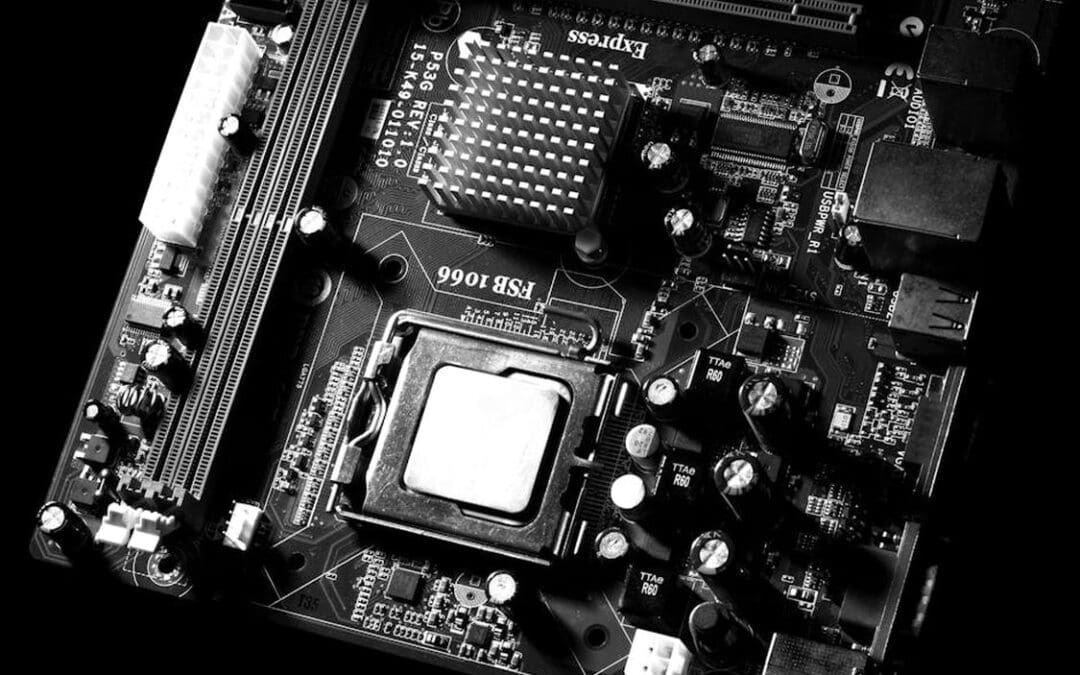Apple’s latest iPhones boast a gorgeous Super Retina XDR OLED display. This flat edged design and MagSafe system are a welcome improvement over previous iPhones’ rounded LCD panels.
But this screen can drain your battery. This is especially true if you use apps with a high frame rate. This can slow down animations, scrolling, and tapping.
1. Use a High-Quality Screen Protector
A premium screen protector is an essential iPhone 12 accessory to help minimize cracks, scratches and smudges. It also helps enhance the device’s touch sensitivity and screen clarity.
When choosing a screen protector, it’s important to do your research and opt for a brand ensure the display remains vibrant and responsive. Premium tempered glass protectors are a good choice for durability, while plastic options can provide improved anti-glare and fingerprint resistance. Some protectors are available with added features such as zero eye strain technology that reduces glare and improves usability.
If you want to install a screen protector yourself, look for an easy-to-install option with no bubbles. The Spigen SGP is a great example, as it includes a tool to help you line up the protector perfectly on your screen. This feature is important because newer-model iPhones have edge-to-edge displays that can be difficult to align without a home button to reference.
Other important factors to consider when purchasing a screen protector include its compatibility with the iPhone 12 and its overall quality. For example, a premium tempered glass protector will have a low risk of scratching when used with a protective case, and it should be durable enough to withstand drops. It is also a good idea to choose a protector that comes with a warranty, as this will protect your phone in the event it is damaged or scratches during normal use.
For more information about the best iPhone 12 screen protectors, check out tech websites and blogs that specialize in smartphone accessories. You can also find a wide selection of products at local electronics retailers and online marketplaces. If you’re not sure which screen protector to purchase, ask for recommendations from friends and family members who own the same model of iPhone as you do.
2. Turn Off Background App Refresh
The iPhone 12 is a great phone with an impressive OLED panel, 5G connectivity, and a powerful A14 Bionic processor. It also offers an attractive design, MagSafe system, and excellent dual cameras. However, it hasn’t yet gotten the high-refresh rate that many people want, and its battery life could be better.
A lot of apps need to refresh in the background to work properly, but it’s easy to let this drain your battery in the long run. The solution is to turn off background app refresh, which is very simple. You can do this by going to Settings and choosing General, then tapping Background App Refresh. From there, you can toggle it off entirely or disable it on a per-app basis, which is more useful if you know which apps are draining your battery.
If you’re not sure which apps are using a lot of your battery, you can use the Battery menu to see which ones are draining the most. This will also show you any apps that haven’t been updated recently, which could be wasting your power. It’s also a good idea to restart your device regularly to help it rationalize its system data and get rid of any files it no longer needs.
Aside from being a potential drain on your data plan, disabling Background App Refresh can greatly improve your screen performance and overall iPhone experience. It’s a simple and quick task that can help you squeeze a little more life out of your battery. Plus, it’s just as easy to enable again later on if you ever need to. So, give it a try and see what kind of difference it makes for you!
3. Turn Off Auto-Brightness

The iPhone 12 delivers a beautiful OLED display, 5G support and excellent cameras. It’s a solid package, even with its less-than-desirable battery life. That’s because the screen is so beautiful that you tend to use it more often and in brighter settings than you need to.
Using the iPhone’s max brightness settings can drain the battery even faster than normal. And it can cause the phone to overheat, which can shorten the life of the battery and components. If you’re looking to extend your iPhone’s battery life, lower the brightness level manually.
You can also enable Dark Mode, which changes the device to a dark color scheme that makes it easier on your eyes. And you can turn on True Tone, which adjusts the colors on the display to match the ambient light in your environment.
The 6.1-inch iPhone 12 screen is one of the best displays on any phone, offering an incredible pixel density and brightness. It supports a wide color gamut and can get very bright — Apple rates it at up to 625 nits. And its 120Hz refresh rate helps make it a snap to read text and watch video, though it can’t keep up with the 90Hz Pixel 5 or 120Hz Galaxy S20.
If you use your iPhone in harsh conditions or haven’t charged it for a long time, you may see messages on the battery health screen that say something like “Your battery is not healthy. It may not be able to deliver peak performance capability.” This means the battery isn’t delivering enough instantaneous power and can lead to unexpected shutdowns. A new battery can resolve this issue and help improve your experience. You can replace your battery with an Apple Authorized Service Provider.
4. Turn Off Haptic Touch
The iPhone 12 is a great smartphone with an attractive, flat edged design that surrounds a crisp OLED display. It also boasts a MagSafe system and great cameras. However, it is not perfect and some users are experiencing a problem with the screen that makes it feel like there are invisible taps on the surface. This problem may be caused by a malfunctioning taptic engine or the presence of an incompatible case or screen protector.
If you are experiencing this problem, there are a few things you can do to resolve it. The first thing to try is removing any accessories that you have attached to your device. This will stop them from registering false touches and possibly affecting touch sensitivity. It could also be that your phone is overloaded with apps or low on memory space. You can close down apps or delete files to free up some space.
Another possibility is that your touch sensitivity settings are too high. You can adjust this by going to Settings and tapping 3D & Haptic Touch or Accessibility. From there you can change the sensitivity level and adjust the duration of the touch. You can also disable Haptic feedback if you want to stop feeling vibrations when using your iPhone.
If you have trouble with hand tremors or dexterity, you can use Touch Accommodations to customize how your iPhone touchscreen responds to touch and swipe gestures. You can prevent your iPhone from waking when you touch the screen, turn off Shake to Undo for text edits and more. You can also change the amount of movement required before a swipe gesture begins and whether your iPhone ignores repeated touches.
5. Change Your Settings
While the iPhone 12 is a great device, there are some things you should do to maintain its premium performance. These include keeping the battery at a healthy level, limiting background activity and removing apps that drain the battery. You should also regularly update your iOS device and avoid exposing it to extreme temperatures.
Using the Settings app, you can check your iPhone’s battery health to see if it has reached its maximum capacity. The app will display a chart with various indicators, such as the current percentage of its peak power. If you notice that the percentage has decreased, it’s time to replace your battery.
The screen on the iPhone X, XS and XR is impressively bright and offers high color saturation. However, this feature may cause the iPhone to use more battery than it should, especially if you are using it for watching videos or playing games. You can lower the brightness by adjusting the display in Settings.
In terms of responsiveness, the iPhone’s 120Hz refresh rate makes animations and taps feel silky smooth. But this feature can drain the battery faster than a standard 60Hz screen, so you might want to reduce the speed in order to save power.
You can do this by opening the Control Center and tapping the battery icon. The iPhone will then enter Low Power Mode, which disables visual effects and limits background activity. You can also disable the Raise to Wake feature, which can turn on your screen even if you are asleep.
Restarting your iPhone allows the system to rationalize its data and get rid of files it no longer needs. It’s a good idea to restart your device at least once a week.

